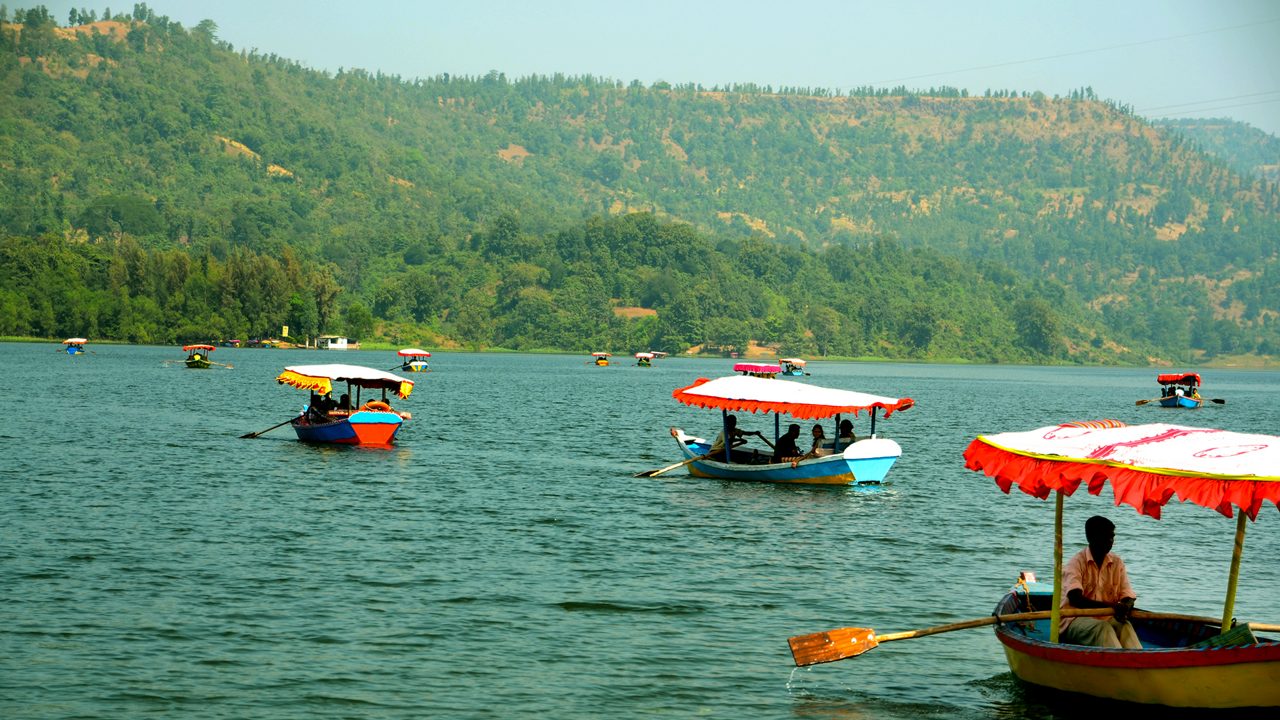
Silvassa, though the capital of the Union Territory of Dadra and Nagar Haveli, sits cozily near the Gujarat-Maharashtra border — and feels like a gentle escape into nature and heritage. Once a Portuguese colony, this quiet town blends colonial charm with tribal richness, offering tree-lined avenues, serene riversides, and a relaxed pace that soothes the city-worn soul. The Daman Ganga River flows gracefully through it, adding a poetic calm to every walk and view.
The surrounding forests and wildlife parks make Silvassa a haven for nature lovers. From lions and deer at Vasona Wildlife Park to the vibrant greenery of the Tribal Cultural Museum and gardens, there’s a subtle wildness to this place that feels inviting rather than overwhelming. It’s a town that celebrates the simple joys of living — unhurried afternoons, riverside picnics, and sun-dappled rides through eucalyptus-lined roads.
Silvassa also surprises you with its deep tribal roots, especially seen in the handicrafts, traditional dances, and festivals that bring color and life to its quiet streets. The people here are warm and welcoming, and there’s a soulful authenticity in how culture and nature co-exist. Every corner, from old churches to quiet lakefronts, tells a story that’s worth pausing for.
Best time to visit: November to February

Vadodara, also known as Baroda, is where royal elegance meets modern vibrance in the heart of Gujarat. Once the seat of the Gaekwad dynasty, the city still carries its regal legacy in the grand arches of the Laxmi Vilas Palace — a structure four times the size of Buckingham Palace. Yet, Vadodara is far from stuck in the past; it thrives with art, education, and industry, forming a unique blend of heritage and contemporary life.
Strolling through the city, you’ll find intricately designed temples, serene gardens like Sayaji Baug, and bustling local markets filled with colorful textiles and handcrafted treasures. The spirit of Vadodara comes alive during Navratri — when the entire city dances in unison, clad in traditional attire, moving to the rhythm of garba under moonlit skies. It’s a spectacle that captures the city's joyous heart.
Culturally rich and intellectually alive, Vadodara is also home to institutions like the Maharaja Sayajirao University, where fine arts and architecture flourish. It’s a city where creativity seeps into the everyday — whether in its architecture, cuisine, or conversation. The warm hospitality of its people makes it easy for any traveler to feel right at home.
Best time to visit: October to March
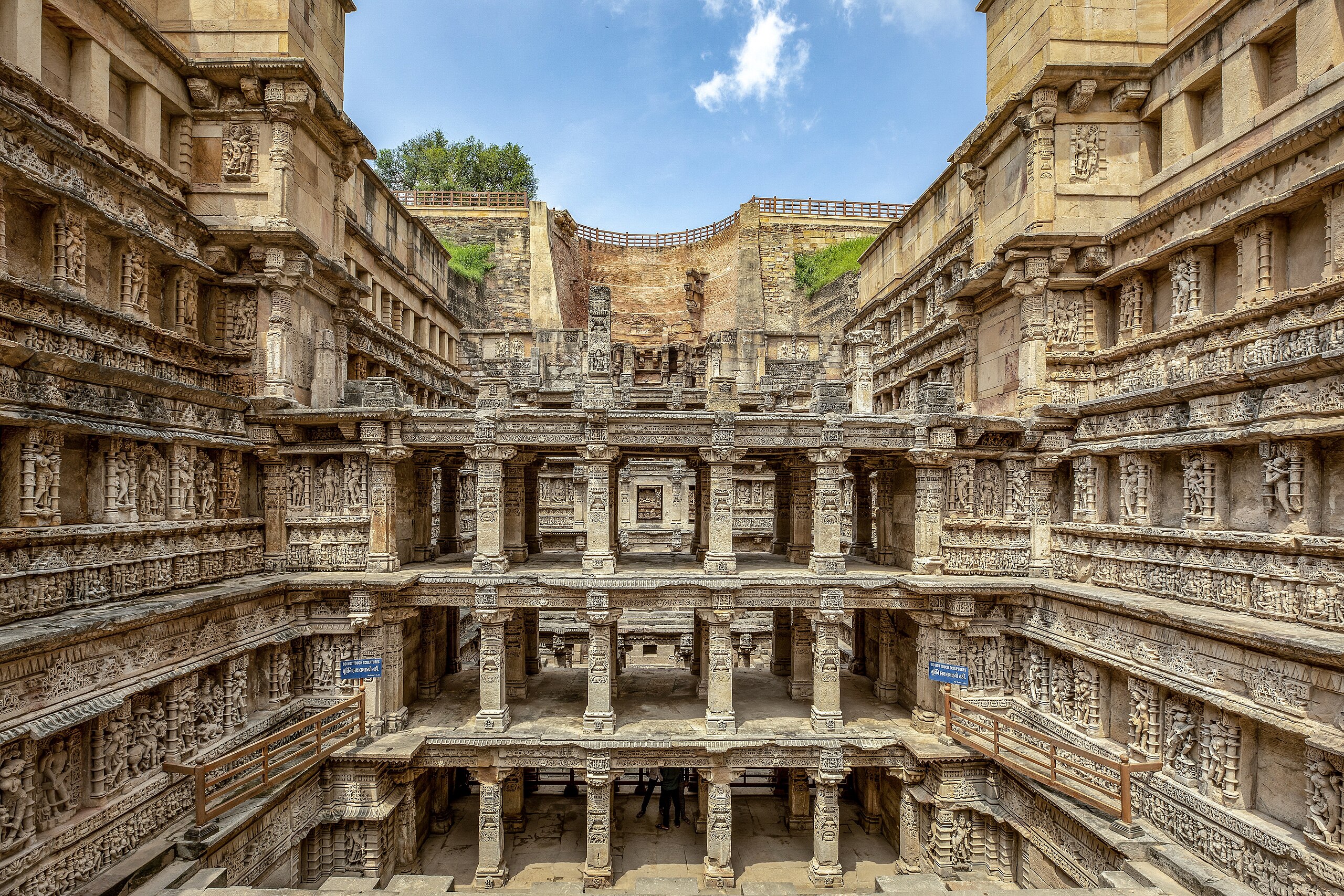
Rani ki Vav, or the Queen’s Stepwell, is not just an architectural marvel — it’s a poetic tribute carved in stone. Located in Patan, Gujarat, this UNESCO World Heritage Site was built in the 11th century by Queen Udayamati in memory of her husband, King Bhimdev I. What makes it awe-inspiring is not just its size or depth, but the intricate artistry — more than 500 principal sculptures and over a thousand minor ones adorn its walls, each telling stories from mythology, divinity, and royalty.
As you descend the seven levels of this stepwell, it feels like you're entering a timeless subterranean temple, where the cool air, filtered light, and quiet grandeur whisper tales of devotion, love, and resilience. It was designed not just as a water reservoir, but as a sacred space where form and function met divine aesthetics.
Even today, Rani ki Vav remains a symbol of feminine strength and artistic brilliance. Its enduring beauty, even after centuries underground and partially buried by floods, is a reminder of how heritage can survive and inspire.
Visiting Rani ki Vav is like stepping into a stone-carved narrative that unfolds with every step you take downward. The deeper you go, the more intricate and symbolic the sculptures become — from celestial nymphs (apsaras) to incarnations of Vishnu, each figure is delicately etched with emotion and motion. The acoustics, the symmetry, and the spiritual ambiance come together to create a space that feels both sacred and surreal, making it one of India's most mesmerizing historical sites.
Best time to visit: October to March
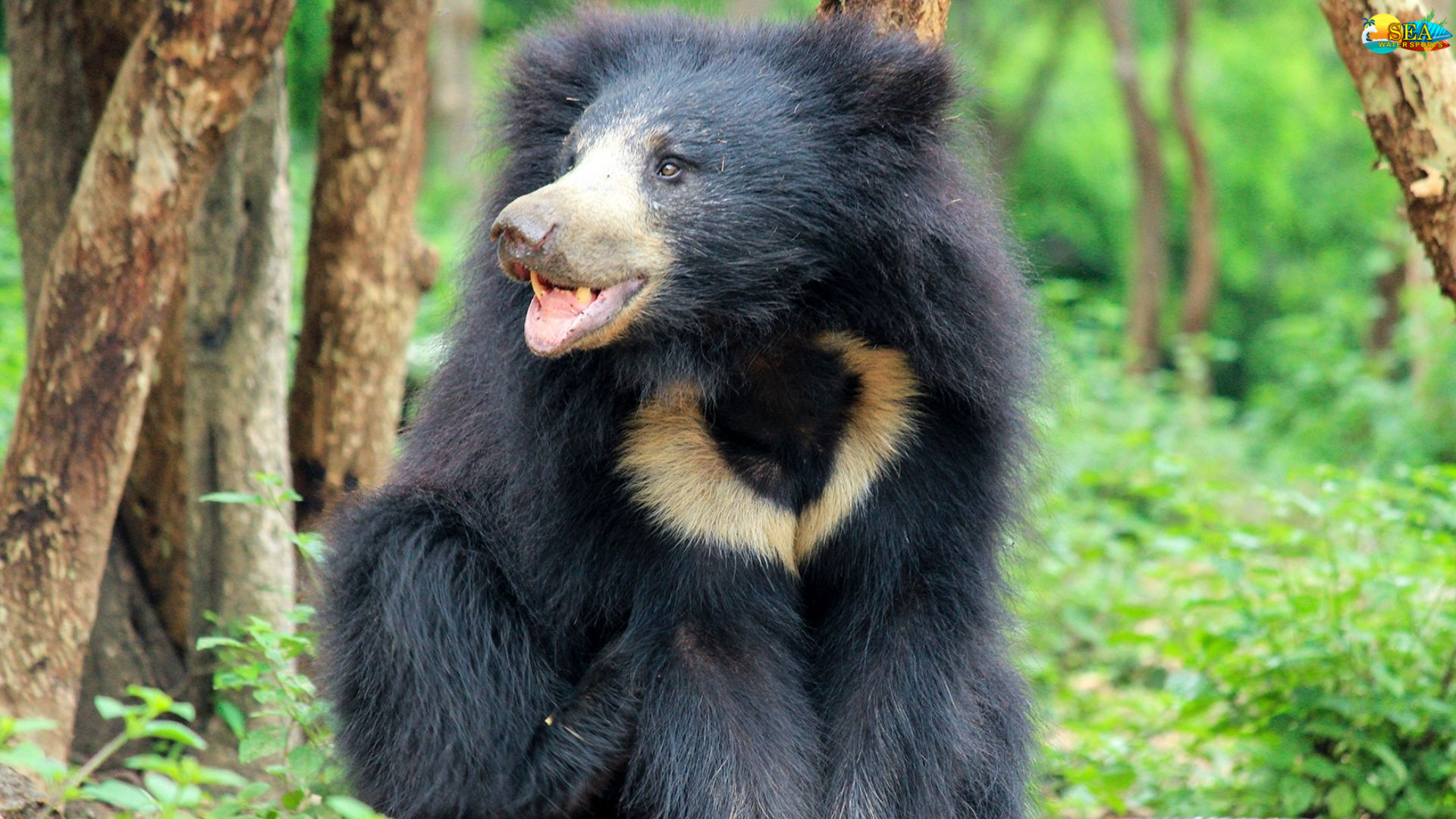
Ratanmahal Sloth Bear Sanctuary, tucked along the Gujarat-Madhya Pradesh border, is a hidden gem where the rugged hills cradle a wild world, home to one of India's most elusive and charming residents — the sloth bear. Spread over lush deciduous forests and craggy terrain, this sanctuary offers an untamed, offbeat escape for wildlife lovers who crave something raw and unfiltered. It’s not just about spotting bears; it’s about immersing yourself in a wilderness that feels ancient and untouched.
The sanctuary isn’t teeming with tourists or loud safaris — instead, you’re greeted by the subtle symphony of chirping birds, rustling leaves, and the occasional crack of a twig that might hint at a bear ambling nearby. Besides sloth bears, you may encounter hyenas, leopards, langurs, and a surprising diversity of birds and reptiles, all coexisting in this natural corridor.
Walking through its forest trails or driving along its dusty paths, you’ll feel the magic of Ratanmahal not in flashy spectacles, but in quiet moments — a paw print in the mud, a sudden rustle in the undergrowth, or a panoramic view from a hilltop where the forest rolls out beneath the sky like an emerald quilt.
Best time to visit: November to March

The Statue of Unity, standing tall on the banks of the Narmada River in Kevadia, Gujarat, is more than just the tallest statue in the world — it's a soaring tribute to India’s “Iron Man,” Sardar Vallabhbhai Patel. Rising to a height of 182 meters, this colossal figure commands awe and admiration, capturing Patel’s determination and vision in sculpted bronze. Framed by the Satpura and Vindhya ranges, the statue feels both monumental and grounded, echoing the leader’s strength and humility.
Beyond its sheer scale, the entire complex surrounding the statue is a world of exploration. From a panoramic viewing gallery nestled in its chest to a museum and audio-visual exhibits detailing Patel's life, history comes alive in powerful and engaging ways. The area also features beautifully landscaped gardens, a valley of flowers, and serene boat rides on the Narmada.
The Statue of Unity is not just a sightseeing stop — it’s a journey through India’s struggle for unity and independence. Whether you visit for the grandeur, the message, or the immersive experiences around it, you’ll leave with a renewed appreciation for India’s legacy and its future.
Best time to visit: October to March

Marine National Park, nestled in the Gulf of Kutch off the coast of Gujarat, is India’s first marine sanctuary — and a surreal, otherworldly experience unlike any other. As the tide recedes, a magical world of coral reefs, sponges, mollusks, sea anemones, and brilliantly colored starfish emerges, giving visitors a rare chance to literally walk through a living reef. It’s a place where land and sea blur, and nature performs a daily dance between tide and terrain.
Spread across a cluster of 42 islands, the park is a haven for rich marine biodiversity and a paradise for nature lovers, birdwatchers, and photographers. From spotting dolphins in the distance to watching migratory birds glide overhead, every moment feels like a close-up with nature at its most unfiltered. The islands of Narara and Pirotan are among the most accessible and rewarding, especially during low tide when you can explore the reefs on foot with a local guide.
The silence of the mangroves, the clear shallow waters, and the alien-like beauty of undersea life make the Marine National Park an unforgettable escape into a rarely seen ecosystem. It’s not just a destination — it’s a reminder of how alive, delicate, and astonishing our oceans truly are.
Best time to visit: October to February

Girnar, rising dramatically from the plains of Gujarat, is not just a mountain — it's a living monument of faith, legend, and endurance. Older than the Himalayas, its granite peaks are wrapped in centuries of mythology and spirituality, drawing pilgrims, trekkers, and wanderers alike. As you ascend the thousands of stone-cut steps, each turn reveals temples perched on cliffs, whispers of ancient sages, and panoramic views that seem to stretch into eternity.
At the summit and along the way, sacred Jain and Hindu temples like the Dattatreya Temple and the revered Neminath Temple stand as architectural testaments to devotion carved directly into the mountain. The climb itself becomes a spiritual journey — one that tests the body but frees the mind. With every step, you're not just moving upward; you're peeling away layers of time and thought.
Despite its deep spiritual roots, Girnar is also a marvel for nature enthusiasts. The surrounding Girnar Wildlife Sanctuary is rich with flora and fauna, and if you’re lucky, you might spot a leopard or rare bird along the trails. Misty mornings and glowing sunsets make the mountain feel almost enchanted.
Beyond its spiritual aura and natural splendor, Girnar is a tapestry of stories that blend folklore with history. Local legends speak of sages meditating in its caves and gods treading its paths, infusing the mountain with a mystical energy that lingers in the air. Whether you come seeking divine connection, adventure, or simply a retreat into quietude, Girnar offers a rare kind of serenity — one that stays with you long after the descent.
Best time to visit: November to February
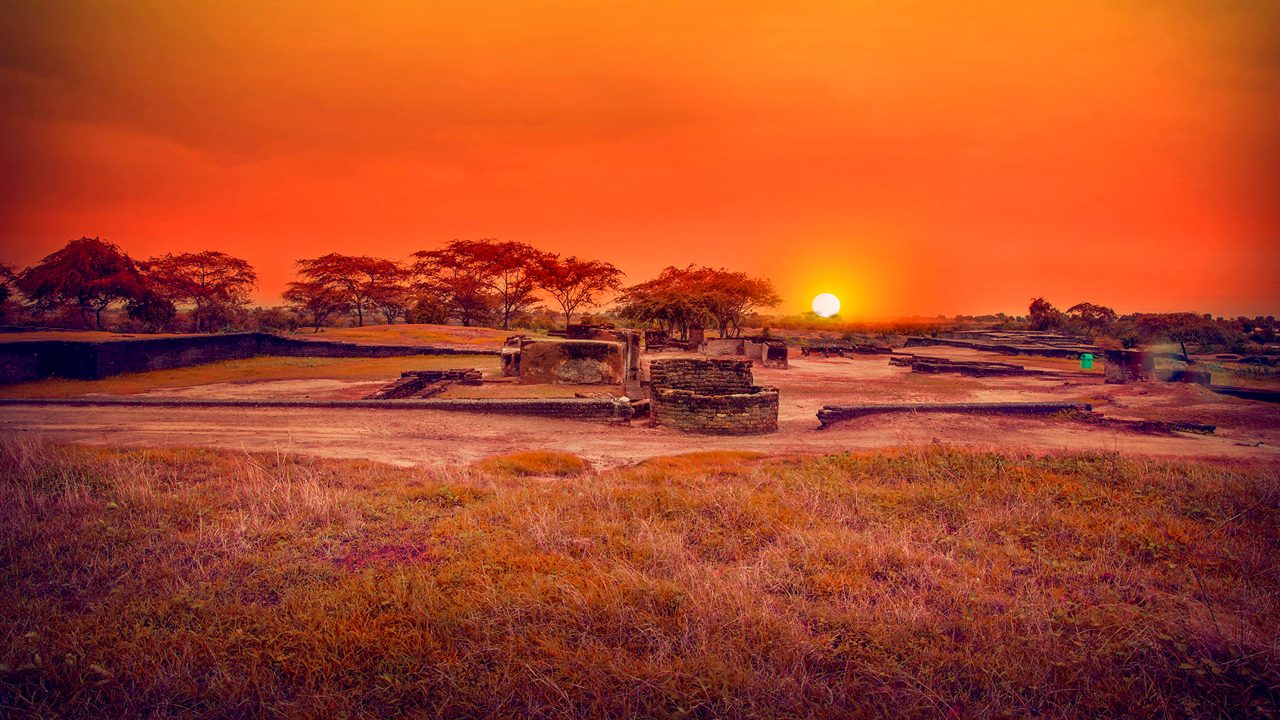
Lothal, nestled quietly in the heart of Gujarat, is not just a collection of ruins — it's a portal to one of the world’s oldest civilizations. Once a thriving trade hub of the Indus Valley Civilization, Lothal offers a glimpse into a remarkably advanced society that flourished over 4,500 years ago. Walking through its timeworn bricks and meticulously planned dockyard, you can almost hear the echoes of ancient merchants, engineers, and craftsmen at work.
What makes Lothal extraordinary is its sheer ingenuity — from its sophisticated drainage system to its well-constructed warehouse and what is believed to be one of the world’s earliest known dry docks. These marvels highlight the city's pivotal role in maritime trade with Mesopotamia and beyond. It's a testament to how innovation and vision thrived even in prehistoric times.
Today, Lothal may seem like a silent archaeological site, but it’s alive with historical whispers. The on-site museum houses intricate beads, pottery, tools, and seals that bring the city’s story to life. For history lovers and curious minds alike, Lothal is more than a visit — it's an awakening to humanity’s timeless quest for progress and connection.
Best time to visit: October to March
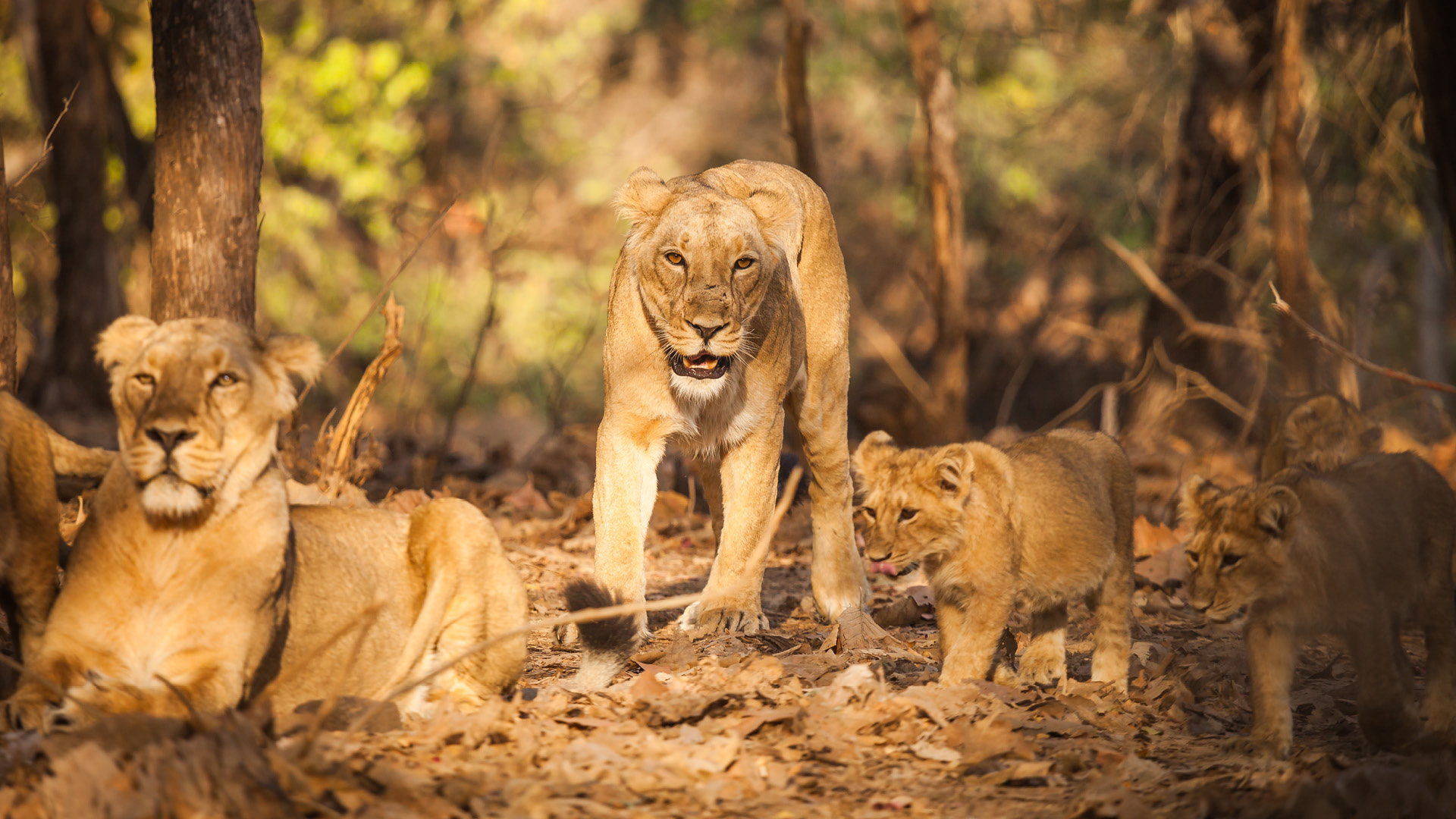
Gir National Park, the only natural habitat of the majestic Asiatic lion, is a wilderness wonder tucked away in the dry deciduous forests of Gujarat. Spread across rugged hills, teak forests, and grasslands, Gir isn’t just a sanctuary — it’s a symbol of conservation triumph. With every rustle of leaves and every distant roar, the land pulses with raw, untamed life.
The park is a haven for more than just lions. Leopards, hyenas, jackals, marsh crocodiles, and over 300 species of birds add to the vibrant biodiversity. Jeep safaris weave through the wilderness, offering rare glimpses of these magnificent creatures in their natural domain. The experience isn’t merely about sightings — it’s about feeling the primal rhythm of a world where humans are silent guests.
Gir is also home to the resilient Maldhari tribal communities, who live in harmony with the park’s wild residents. Their traditions, stories, and co-existence add a soulful layer to the forest’s spirit. Here, nature and culture blend in quiet defiance of the modern world’s rush, inviting visitors to slow down and reconnect.
Best time to visit: December to March

The Rann of Kutch is where the earth meets the sky in a surreal spectacle of salt and silence. This vast white desert, stretching endlessly under the shimmer of moonlight, feels almost otherworldly — a place where time slows down and nature whispers in hushed tones. During the day, the sun paints the salt plains with dazzling brilliance, while at night, under a starlit sky, the Rann transforms into a dreamscape that stays with you forever.
But the Rann isn’t just about its stark beauty. Come winter, it becomes a celebration of color, culture, and community during the vibrant Rann Utsav. Traditional folk music, dance performances, handcrafted textiles, camel rides, and local cuisine turn the desert into a cultural carnival. The warm hospitality of the Kutchi people adds to the magic, welcoming visitors with open arms and open hearts.
Scattered across this landscape are stories of ancient civilizations, wild asses roaming freely in the Wild Ass Sanctuary, and quaint villages where crafts like embroidery and pottery thrive. A visit here is not just scenic — it’s deeply immersive, offering a rich tapestry of nature, heritage, and soul.
Best time to visit: November to February
